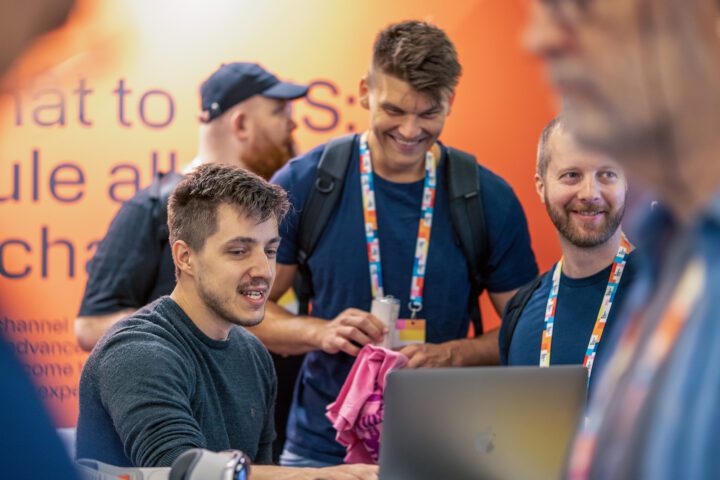Will Android Auto lead to greater market fragmentation?
Article looks into Android market fragmentation, especially having Android Auto ecosystem in mind
Developers already have massive headaches while writing apps for the Android platform. Basically, the scene looks like the gaming industry in the ’90s where one PC game would “probably” work on one set of components while totally crashing if you would change the graphics card. Of course, Google is working on this challenge by giving developers more consistent tools and better design guidelines. Primarily we’re talking about official IDE Android Studio, fragments modules and a complementary consistent design framework called Material design.
On that front, things are looking brighter as other tool vendors will also hop-in and provide even better ways to properly produce, optimize and test our applications. One good example is a new service from AWS called “Device farm” where you can upload an app and see how it behaves on various screens, OS versions and orientations. But there lies a question. How big is the Android market and what fragmentation/segmentation are we even taking into account? I mean, every developer can fire up new tools and libraries but he also needs to know what is the optimal number of devices for the test, what to include and more importantly, what considerations not to include.

To tackle that question OpenSignal publishes Android fragmentation reports for 2015. numbers look like this:
- 24,093 Distinct Android devices seen this year (2015)
- 18,796 Distinct Android devices seen last year (2014)
- 682,000 Devices surveyed for this report
- 37.8% Samsung’s share of those devices
- 1,294 Device brands seen this year
In contrast, the iOs ecosystem looks and feels like a coherent platform where one can properly plan and execute any interactive idea that comes to mind, without worrying their mind on overly various screen sizes and operating system versions. The report also acknowledges this topic with additional charts:

So, how will this look in 2016 in regard to new devices and screen manufacturers coming into play? The especially, automotive industry is getting more and more traction with Google on-boarding most of the major automakers into their camp. The full list of Android Auto-enabled vehicles can be found on official web portal but we will name just a few: Alfa Romeo, Audi, Cadillac, Chevrolet, Citroen, Fiat, Ford, Honda, Jeep, Kia, Mazda, Nissan, Opel, Peugeot, Renault, Suzuki, Volkswagen, Volvo and the list goes on.
Right now things are looking pretty consistent as Google promises that user interaction and app code will work the same on every supported Android-enabled vehicle. I’m pretty skeptical that in the long run, things will stay that way. First of all, automotive engineers optimize vehicles around major driving parameters so I expect that screen sizes, console positions, orientation, distance to driver/user and other external variables will vary a lot. You guessed it… It’s not possible to have the same user experience on your Android Auto app while driving a Škoda Octavia caravan or Volkswagen Scirocco. Second, creativity and variety spark when things evolve in the open-source arena. Right now, screens for cars are pretty dull horizontal layouts approx. seven to ten inches in width. It shouldn’t stay this way, especially if you take other sojourners into account and various vehicle configurations. Third, there is a massive aftermarket of car audio/video vendors like Alpine, Kenwood and Pioneer that will want to dominate like Samsung is doing it right now in handheld space. If you look into Pioneer CarPlay compatible offerings, you will see screen sizes ranging from 5 to 8 inches (and this is just for starters).
Again, developers will need to properly optimize and most importantly get to know the auto ecosystem before executing their apps for the automotive market (having in mind even more fragmentations and segmentations). As other authors wrote… fragmentation is both a curse and a blessing and you can see how many blessings do we have if you download a full PDF report on OpenSignal page.







